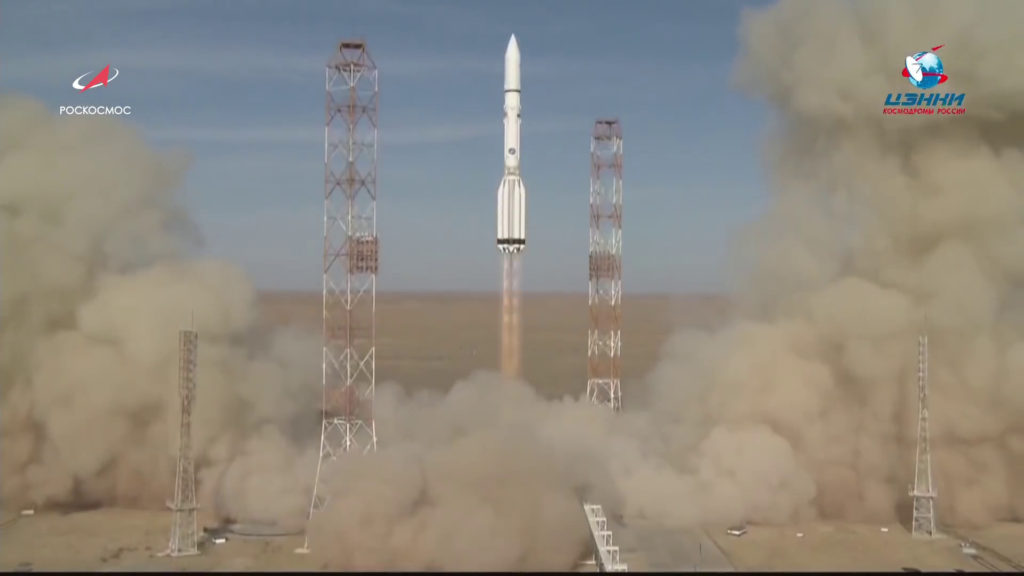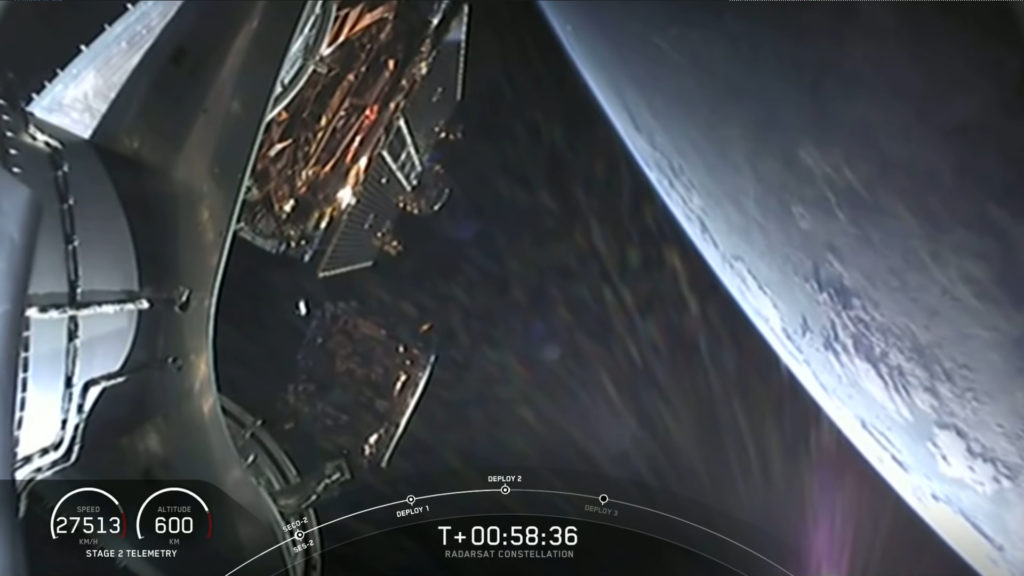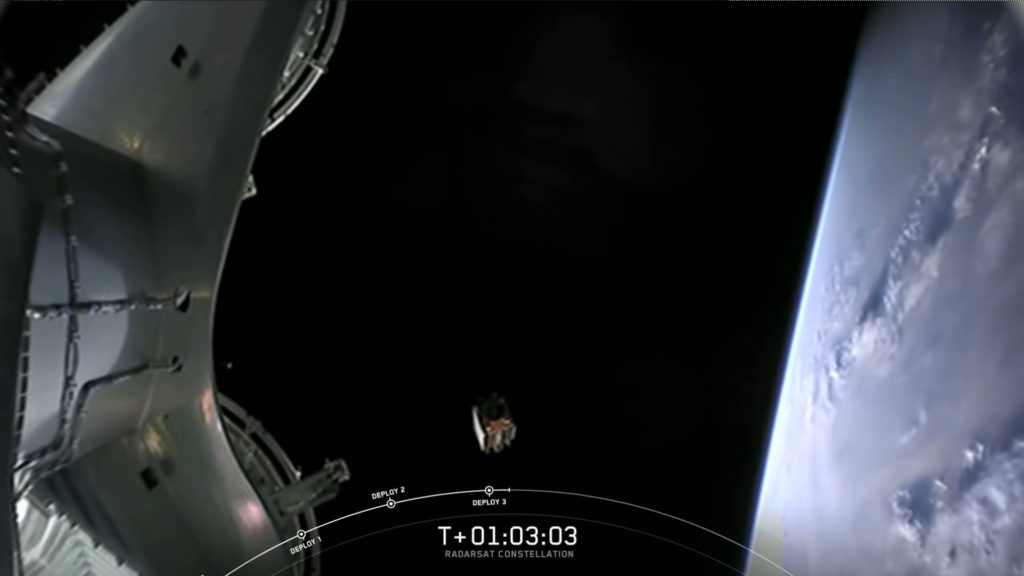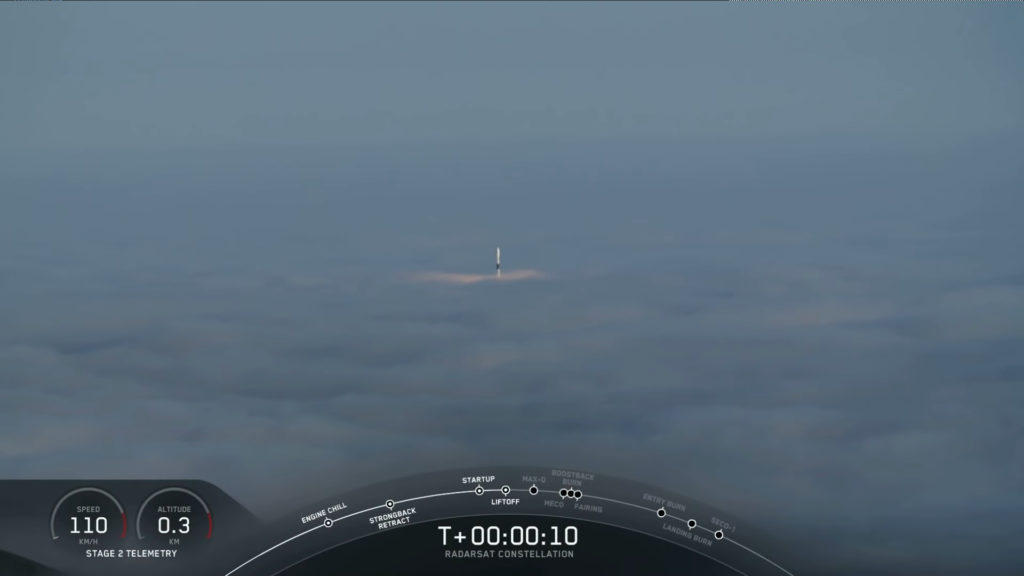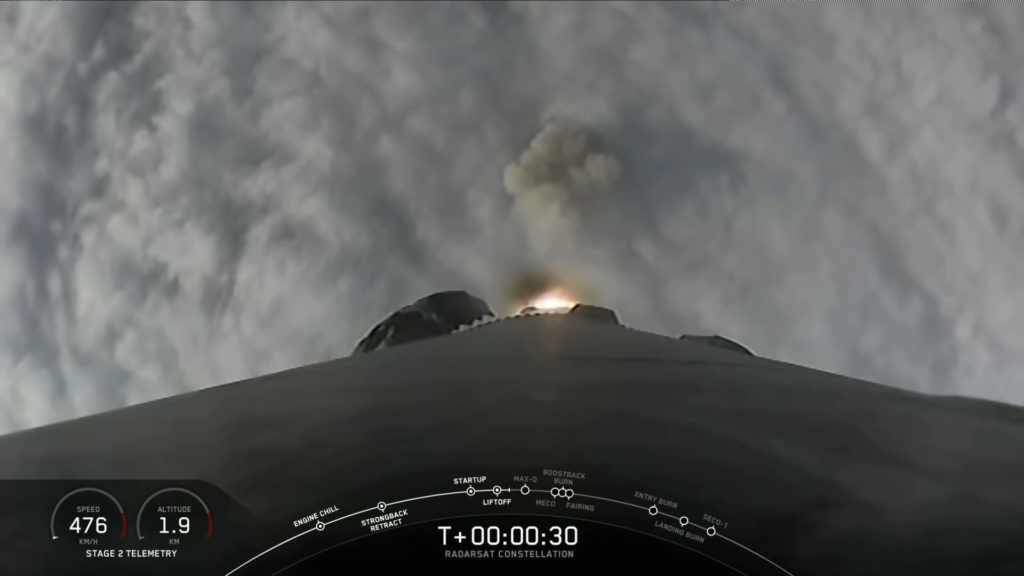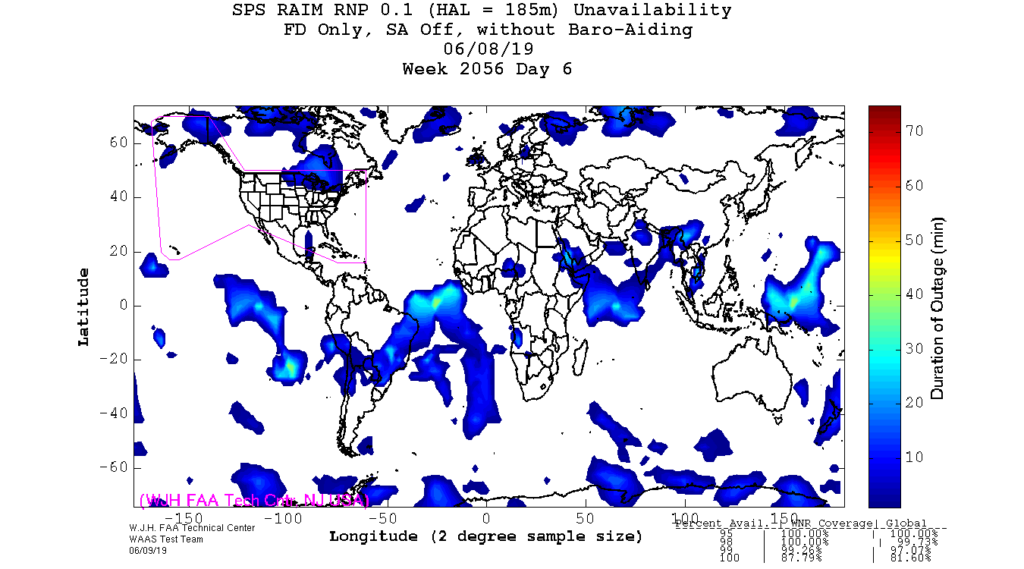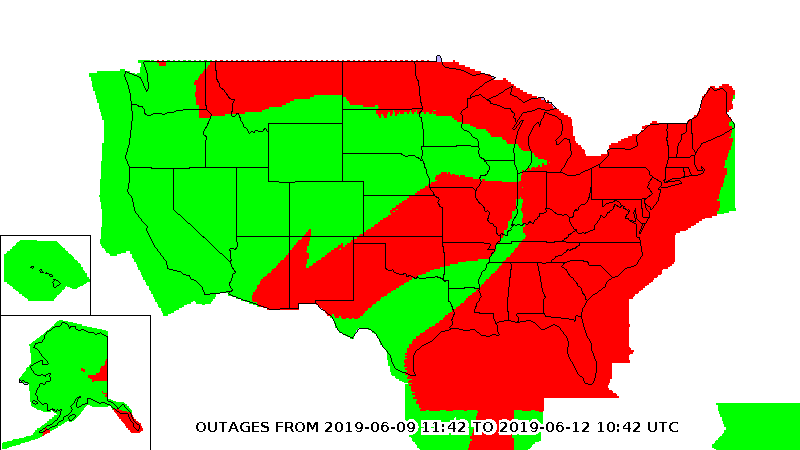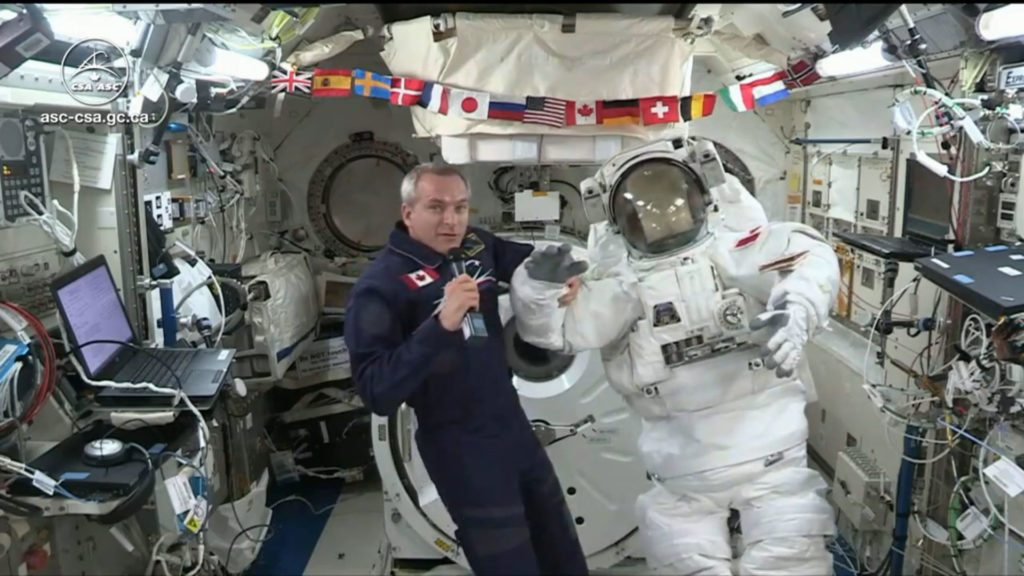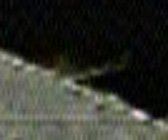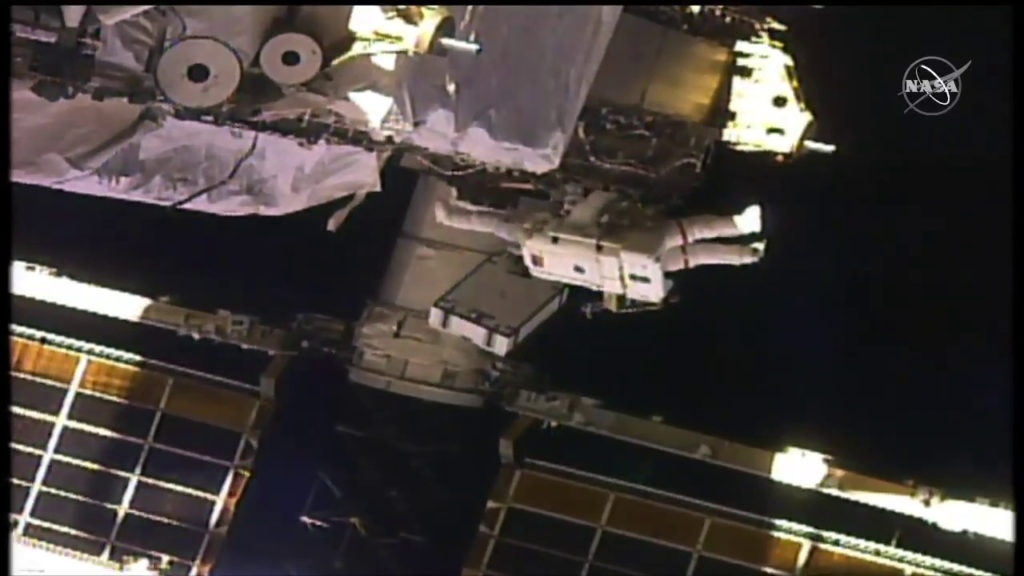
Regional News
18 Oct 2019 – University of Nebraska DC Space Law Conference
20 Oct 2019 – Wisconsin Science Fest ends
23 Oct 2019 – Ryan Bowers (University of Minnesota-Twin Cities) featured by Minnesota Space Grant
Further News
18 Oct 2019 – EVA 221: BCDU fixed in 7h17m, 2-woman EVA (Koch, Meir)
18 Oct 2019 – NASA shuts down last operational Van Allen Probe
21 Oct 2019 ~ Rocket Lab Photon offers 30 kg to lunar orbit
21 Oct 2019 – Japan joins Artemis, Russia plans to join Lunar Gateway
21 Oct 2019 ~ Arizona State’s MILO Institute marks first year as it teams up global universities to reach lunar surface and (99942) Apophis
22 Oct 2019 – First tweet sent over SpaceX Starlink network
22 Oct 2019 ~ NASA HLS lunar lander won’t use sea level pressure
22 Oct 2019 ~ UK-built ESA Solar Orbiter must arrive at KSC pre-Brexit
22 Oct 2019 ~ Astra Space left as sole contender for DARPA responsive launch ‘competition’
22 Oct 2019 ~ Maxar, Thales to compete, not cooperate, on Telesat LEO
22 Oct 2019 – ESA launches new online television channel
23 Oct 2019 ~ NanoRacks will reuse spent upper stages on-orbit, signs with Maritime Launch Services
23 Oct 2019 ~ Crew Dragon to test new fuel system, parachutes
23 Oct 2019 ~ Out of 199 smallsat launchers – 40 dead, 41 buried
24 Oct 2019 – Boeing CST-100 Starliner launch planned 17 Dec 2019
24 Oct 2019 ~ Eutelsat 5WB Solar Array half-stuck, may be 173 M€ failure
24 Oct 2019 ~ House Armed Services concerned about sole-source procurement of Minuteman III replacement
Late News
3 Oct 2019 – Four Latin American nations represented in recent University of North Dakota space habitat mission
17 Oct 2019 – Spektr-RG X-Ray instrument acquires first images
10 Oct 2019 – GEM63 SRB completes third and final test in Utah



